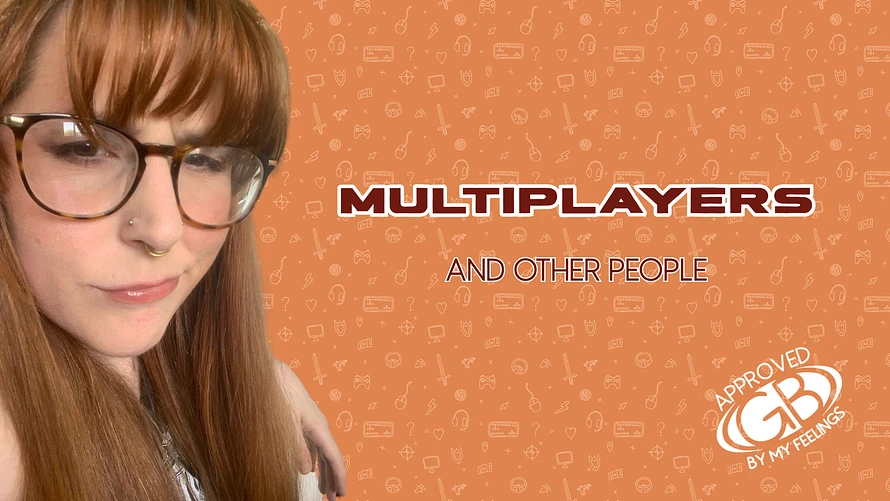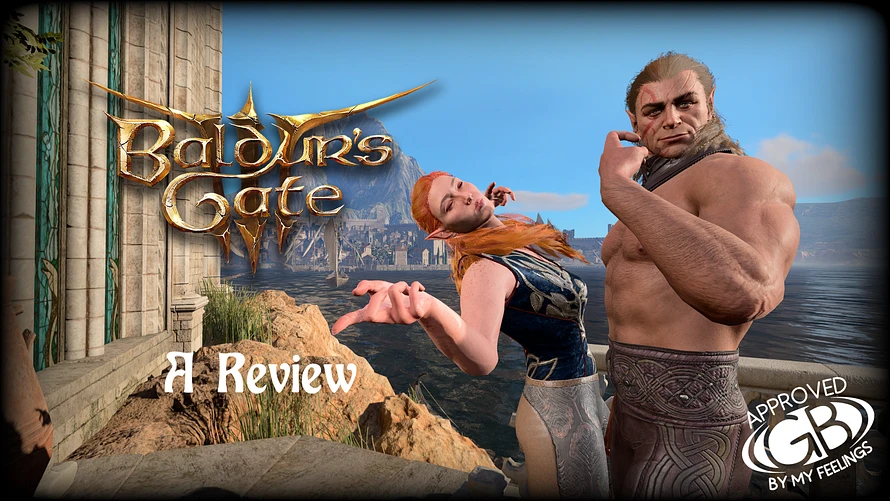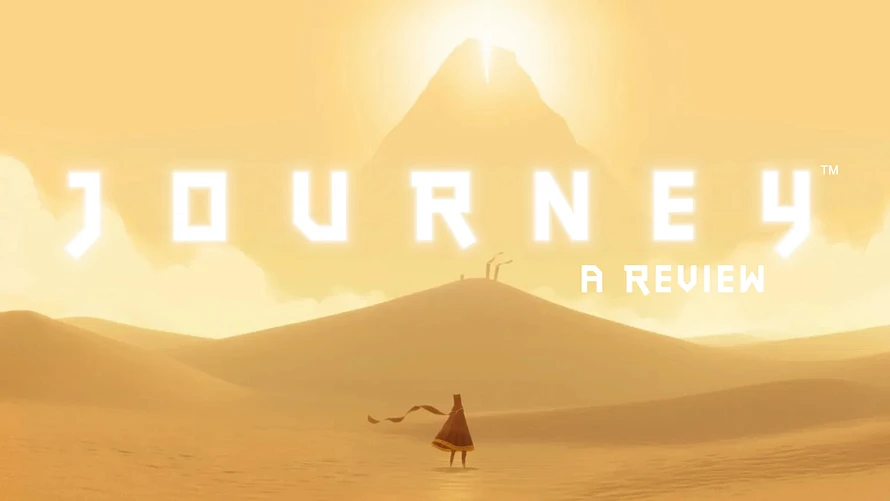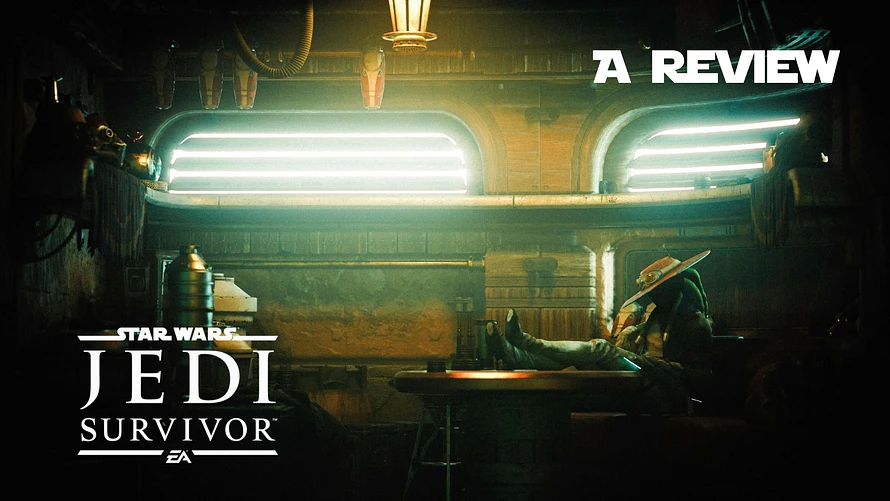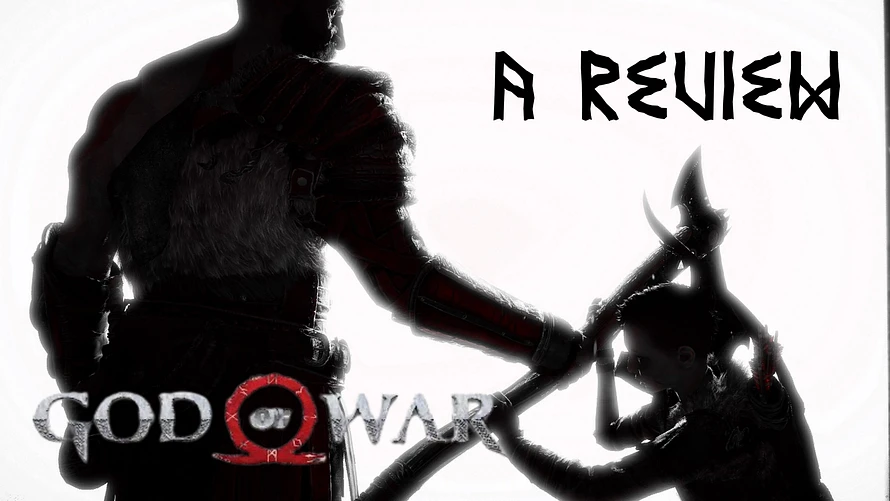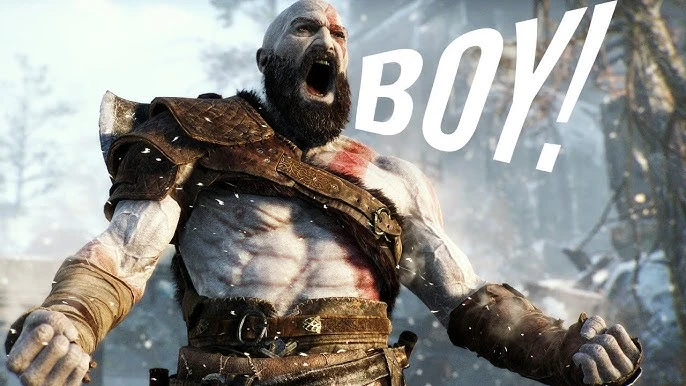No Mic Required: The Slow Unravelling of an Online Persona
It started with Jin Sakai.
Well - it started with a global pandemic, a medically vulnerable child, and an already disfunctional mind slowly unravelling under the weight of all that fear. But Ghost of Tsushima was the first time something offered relief. I hadn’t touched a controller in over ten years. I didn’t know what “devs” were. I didn’t know there were entire worlds of people who played games together. But there I was - hiding in digital bushes, swinging a sword at spectral enemies, and slowly stitching myself back together one parry at a time.
And then there was Legends Mode. I clicked it with no expectations. I had no microphone. I didn’t know how matchmaking worked. I didn’t know I’d entered a space where people built friendships - or personas.
Eventually, I spoke. And people spoke back.
And something inside me opened.
The Dopamine Hit You Don’t See Coming
That first brush with connection was like a hit of something chemical. Not a friendship - something more addictive than that. I had stumbled into a kind of intimacy that felt almost like therapy, almost like affection, and a spotlight all at once. I was liked. Seen. Useful. And I was carving out a role in this new space with such speed and intensity it made my offline life feel... muted.
During a time where human contact was dangerous, people were suddenly sitting beside me - on my sofa, in my living room - laughing with me, strategising with me, swearing at loading screens with me. I knew their quirks. Their routines. Their lives. It was connection, distraction, and identity all rolled into one digital dopamine factory.
And I chased it. Hard.
The Digital Persona with a Fast-Track Ego
Then came Discord - which, at the time, sounded like something you’d be prescribed antibiotics for. I downloaded it, jumped into a Legends server, and quickly inflated myself into a person I had no business being. Not because she wasn’t me, exactly. But because she was the exaggerated version of me. The curated, performative, main-character edit of a girl who really just needed a hug and, maybe a nap.
I was in it. Fully in character. I laughed too loudly. I said yes too quickly. I flattered people I shouldn’t have given a moment’s notice to. It was all very Look At Me I Am Confident energy, except I was anything but. The attention was addictive. It fluffed up my very flattened ego like a freshly shaken duvet. And I invited it. Encouraged it. I chose everything that happened after that point.
But the thing about giving so much of yourself to people online is: they will take it. All of it. And unless you’ve built in the boundaries ahead of time, you’ll be left watching them carry pieces of you away while you smile and pretend it’s fine.
I wasn’t fine. I just didn’t know that yet.
The Realisation Creeps In Quietly
There wasn’t a single dramatic fallout or betrayal. No great rupture. It was quieter than that. The shift came slowly over time - like watching wallpaper peel from a damp wall. There was this slow realisation of: oh, none of this is real - we’re all just using this to feel something.
I wasn’t special. I was just the next one.
People saw what they wanted to see in me. And I did the same in return. I made some poor decisions - a few of them I still cringe about - because I was lonely, and people online were easy to adore in a vacuum. No flaws, no awkward silences. The curated version of themselves, perfectly aligned with my projections.
And it wasn’t all bad. I built real friendships among the chaos. Some of them, quieter than the rest, stayed when the dust settled. Those are the ones who didn’t need the persona. They didn’t need the main character. They were happy with just... me. And five years later, they’re still here.
But there were plenty who weren’t. And it turns out, sensitivity - that very thing I’d spent years trying to stuff down - wasn’t actually the problem. It was the refusal of others to acknowledge the impact they had. I feel things deeply. I cry. I struggle when the mood of the group shifts, when someone else’s unresolved emotional debris starts filling the room. And for a long time, I thought that made me the weak one.
But it didn’t.
It just made me honest.
And frankly, I’d rather be someone who says “that hurt” out loud than someone who only ever whispers it in private and calls it resilience.
The Character I Had to Grieve
Eventually, I stepped away.
I had to.
I was going through real-life diagnoses that rocked me. Mental health conditions. Learning difficulties. Neurodivergence. Suddenly, I had to unlearn years of shame. Relearn how I think. How I work. And I couldn’t do that while still playing the role of a digital clown princess with excellent comedic timing and no concept of boundaries.
I had to grieve that version of me. The one people liked. The one who could hold so much attention with one joke. She had her moments. She taught me things. But she wasn’t built for real life. She wasn’t built for me.
And losing her - as ridiculous as it sounds - was kind of devastating.
But necessary.
Because my peace is worth more than being liked. And I don’t want to be liked for a version of me I can’t sustain. I just wanted to feel healthier, and I couldn’t do that surrounded by all this bullshit - behaviour that would absolutely be called out in real life. Because so much of it was objectively extreme.
The Quiet Places Where I Still Belong
Here’s the thing: I’m not bitter. I’m just... less naive. I used to see what I wanted to see in people online. Now, I pay attention to what is. I used to excuse red flags. Now I treat them like they’re on fire and remove myself to a safer distance.
I’m no longer chasing that initial hit of connection. I’m building something slower, steadier. I don’t need to be in the “cool kids” group. I don’t even want to be. I’m more than happy on the outskirts now, with my band of merry misfits who don’t need me to perform to feel close.
And the truth is, I’ll probably never again enter an online community with that same frantic hunger. Because I’ve eaten now. I’ve been fed. I’m full. I’m not starving for affection anymore.
I’m just looking for the people who know how to sit with me at the table and pass the salt.
Because now? My boundaries are different. More aligned with what I want from people and life, and I will be unapologetic about that. This whole process has taken five years - but it’s only in the last six months that I’ve learned what it feels like to finally be okay with it. I finally gave myself permission to want what I want. I’ve found myself to be quite different than I thought since doing that.
It’s been messy. And I’ve failed... Often. But I failed upwards. And now I don’t give a fuck.
It’s that "do no harm, take no shit" mindset. I’m here, putting in the work. I only accept applications from people doing the same. I get to be a little big-headed now and say: anything less is beneath me. Because I fucking earned the right to say it.
I've adjusted my expectations of people online. I used to see everything through rose-tinted glasses - I saw what I wanted to see. I wanted honesty. Connection. Respect. So I projected it onto everyone.
Now I understand that’s simply not how it works. I’m not out here assuming everyone has undiagnosed disorders, or treating everyone like a potential villain - I’m just paying more attention to the things I do want. I’m making better choices about who I let in. I protect myself more. I get less involved.
And I make fewer excuses for people. And I'm okay if they struggle to deal with that.
That’s not to say I hate them. I don’t. Despite my reputation as a “hateful cunt” (hi, hello, yes - welcome), I don’t carry much hate at all. I remember what they did sure, but I also remember those people fondly. They were a huge part of my life for a time. They had impact. Some of them even pointed out things directly that helped me change. Some just showed me I was being the kind of person I didn’t want to be, or be associated with.
And that’s still valuable.
What I’d Tell the Me From Before
You don’t need to be louder to be heard silly girl.
Oh and you're not even slightly submissive.
Being online doesn’t change the rules of social behaviour - it just amplifies the feelings. The hits are bigger. The falls are harder. And everything feels closer than it is.
So be pickier with your energy. Build walls with gates, not drawbridges. Let the right people in. Keep the rest at a healthy distance.
And if you need to cry, cry. It means you’ve still got access to your humanity. You’re not numbed out. You’re not unreachable. You're not avoiding your own feelings. That’s not a weakness. That’s your barometer.
You’ve learned a lot. And if anyone asks, you failed upwards.
